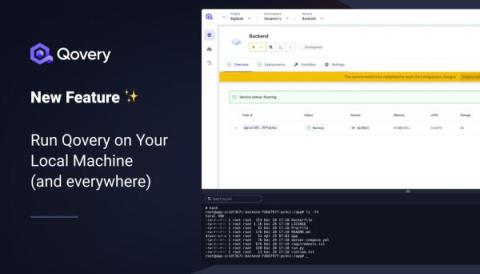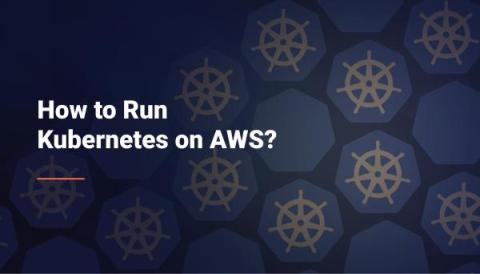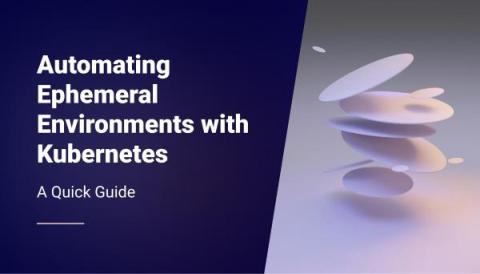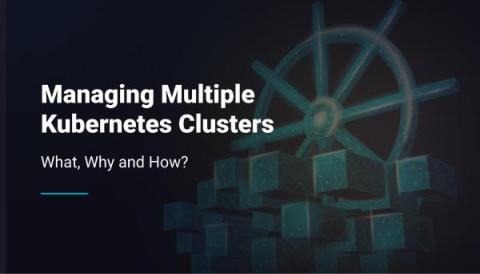Experience Qovery on Your Local Machine
Qovery offers a streamlined, powerful platform for developers. Its goal is to simplify DevOps processes and enhance the overall developer experience. For those new to Qovery or considering adopting it, there's a simple way to test its capabilities on your local machine. Using the "qovery demo up" command, you can create a non-production environment to explore Qovery's features without any complicated setups. Here is a step-by-step guide to help you get started.











